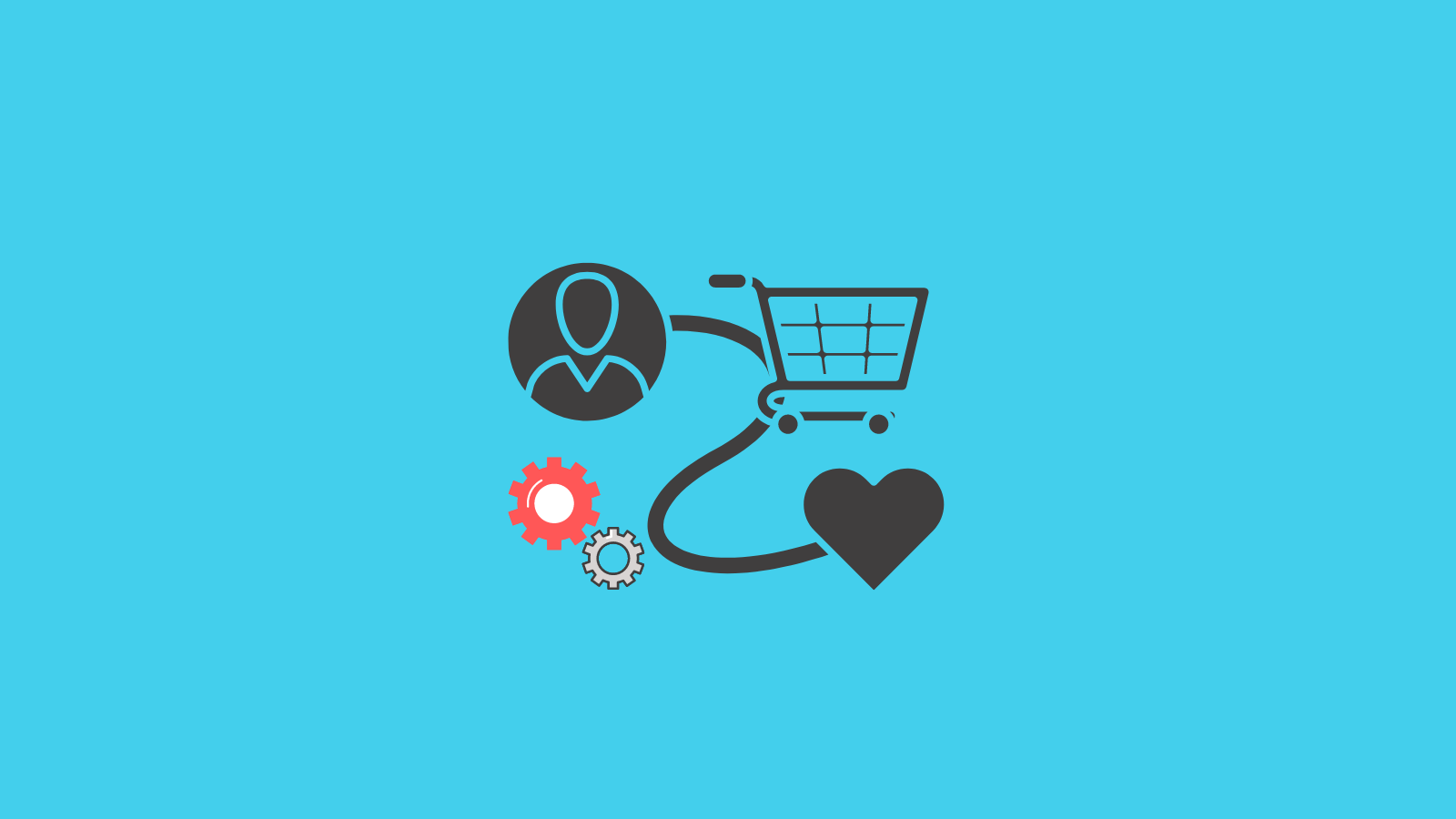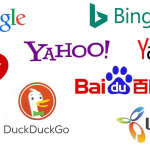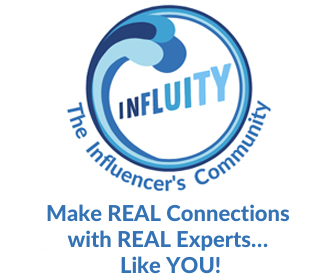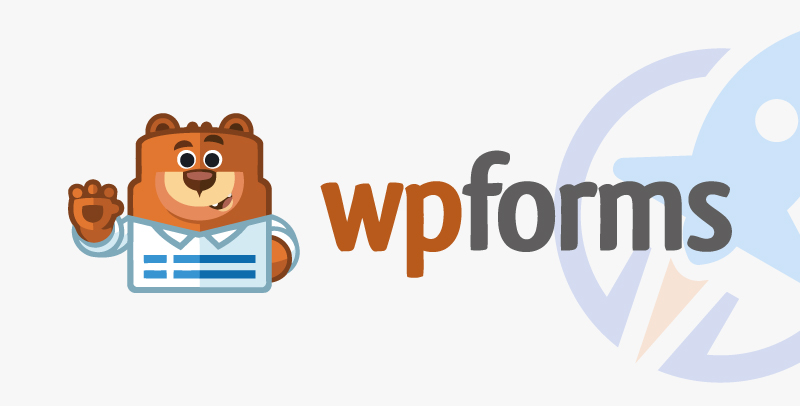How Can Using a Customer Journey Tool Change Your Company
There are two main missions in running every business: creating a great product or service and selling it to the customers.
While there’s not a lot of sympathy for companies with marketing running as clockwork that are underdelivering on the product/service side, it’s always sad to see a company with a great offering that’s struggling to sell it and thus not realizing its full potential. More often than not, the problem is the inadequate or disorganized marketing and customer experience. Since they’re interconnected, a deficiency in one of them automatically translates itself into the other.
Chapters
Customer touchpoint

The concept of customer experience may be foreign to companies that don’t have an employee with some expertise in this area, but there’s a simple remedy that can help everyone get started: customer touchpoint. A customer touchpoint is any interaction a customer has with the company. The customer gets a flyer in the mailbox – that’s a touchpoint. The customer finds and visits a company blog – another touchpoint. The customer calls customer service to ask a few questions – touchpoint.
It’s where marketing and customer experience meet. The company can take its marketing and CX miles forward simply by defining the customer touchpoints, without having to think about more advanced customer experience concepts and strategies that are probably beyond the capabilities and time capacity of most marketers.
The status quo is that all touchpoint details are all over the place: some of them are written down, some aren’t clearly set and thus made up on the go, others reside only in the minds of a few company employees, and a large chunk of it in the social media, analytics, advertising or other tools and apps the company is using. This makes them very hard to improve: how can you improve something that’s not clearly defined in the first place?
A customer touchpoint should include:
- Name
- Description
- Goals & objectives
- Links (if applicable)
- Metrics
- Satisfaction level
- Personas
- Opportunities for improvement
- Owner (person responsible)
- Duration
That’s just the basic list – there can be more attributes depending on your industry.
When you put all your customer touchpoints together, you get a customer journey. To clear up a common misconception right at the beginning – the customer journey is not meant to simulate all possible customer journeys step-by-step. Its goal is simply to define and categorize all possible customer touchpoints (interactions). Having them laid out, it’s much easier for the marketing team to understand and take steps towards improving all activities the company is doing towards acquiring, converting, and retaining customers.
There’s more than meets the eye

The advantages don’t end with the marketing team, though: the management will get a straightforward way to keep an eye on all customer-oriented activities, while salespeople and customer support will know where the customers are coming from and what information they have, and may even be able to suggest some improvements based on their experiences or customer feedback.
Now you may be wondering where to write these touchpoints down and how to make them into a customer journey, considering the amount of details they come with – doing so on a paper, in a text editor or spreadsheets would make them very difficult to navigate. Fortunately, there are a number of customer journey tools to choose from that can help you to accommodate your touchpoints.
If properly used, a customer journey tool can become a marketing control center of the company. It’s the easiest way to have all marketing operations and customer-oriented activities under control and always available to be evaluated, with a built-in framework (best CJM tools have it) to keep track of possible and ongoing improvements. The metrics in touchpoints can be set up to be automatically updated, so the customer journey map doesn’t have to be only a static document – it can keep track of your KPIs and even notify you (again, the best tools have this feature) when their value goes above or below a given threshold.
With marketing growing ever more complicated, almost every big company has some form of customer journey mapping in place. Mid-size and small businesses are following suit and looking into this area as a solution to their marketing efforts that are slowly getting out of hand.
Another big problem holding marketing & CX back is that the employees don’t really know what’s happening on this front. Not having all the information is not a good prerequisite for doing their jobs. A customer journey tool can become a go-to place to see what’s new and how’s performing what’s already in place.
Since even established employees aren’t often able to navigate their company’s efforts, how can a new hire or a remote employee stand a chance? It would be very difficult, unless, again, a company has a customer journey tool it can give a new or remote employee access to and he can get up to speed instantly without much assistance from other coworkers.
Conclusion
To sum it up, implementing a customer journey tool can go way beyond improving a couple of touchpoints – it can change the way the company works – and change it for the better, that is. The learning curve isn’t steep either – it’s not rocket science and can be picked up by anyone in a couple of minutes.
Improve your Marketing with the Power of AI
See how you can start with AI Marketing and reach your goals faster than ever before. Check out the Tips, Strategies, AI Tools, Masterclass, Courses, and Community. Unleash the true potential of your brand with the help of AI.
The post How Can Using a Customer Journey Tool Change Your Company appeared first on GlobalOwls.













